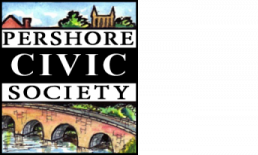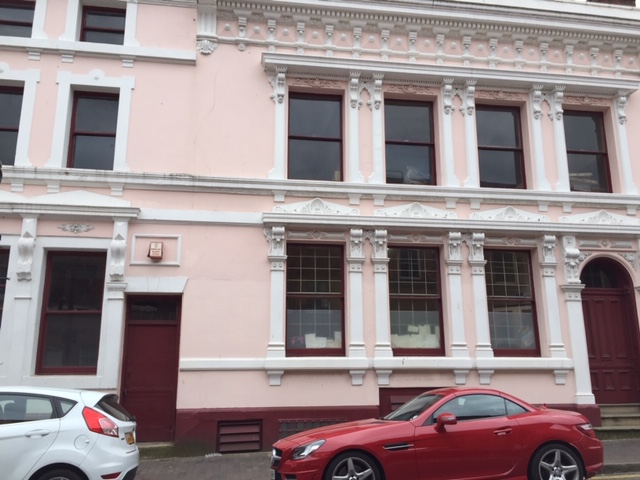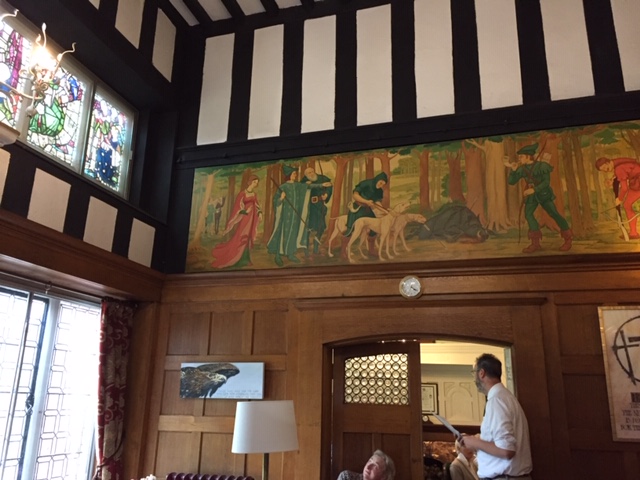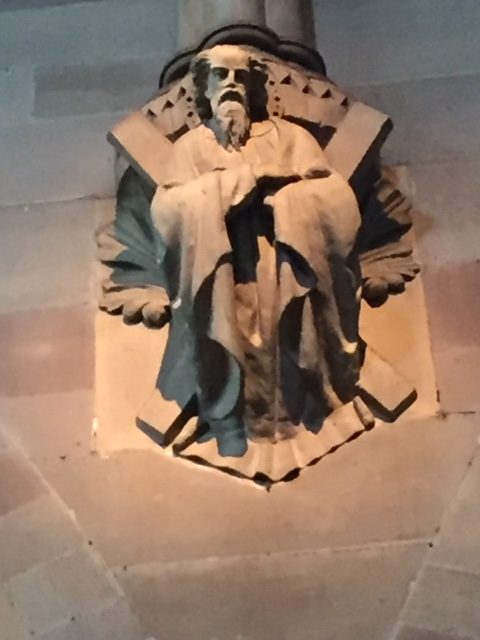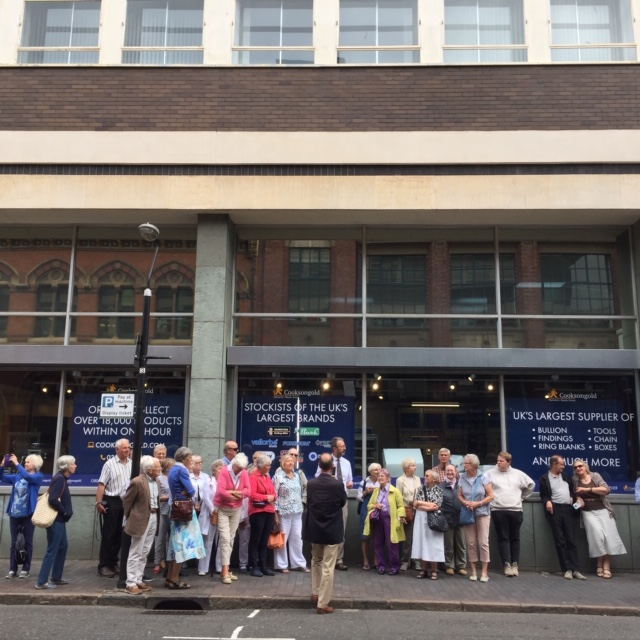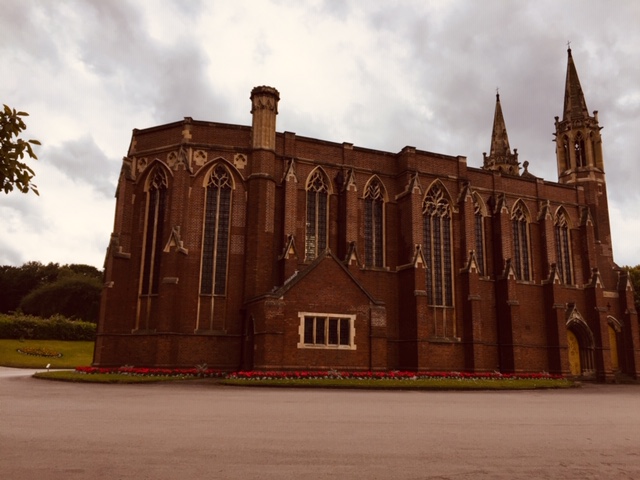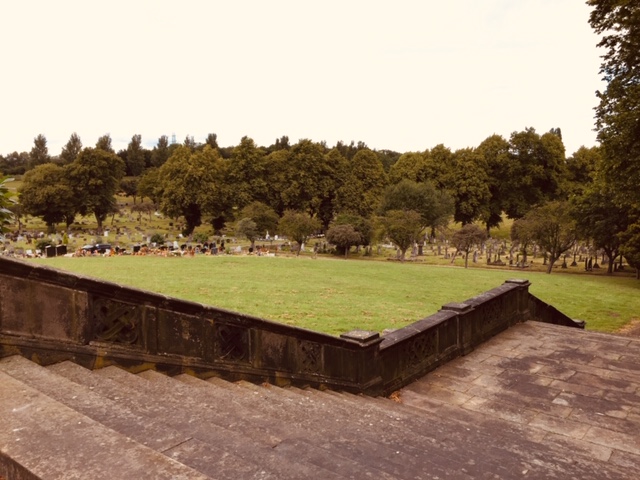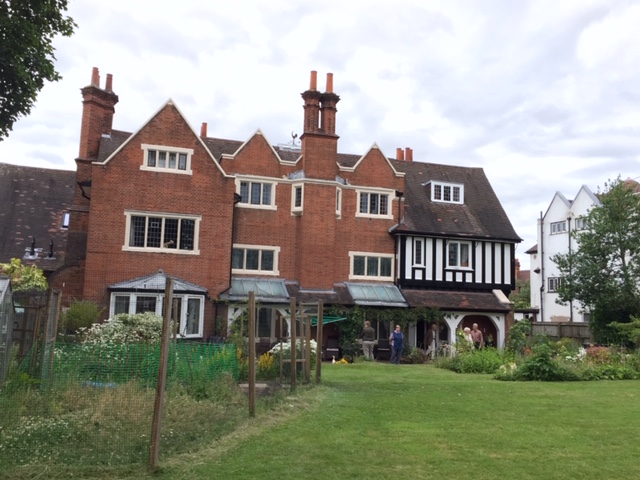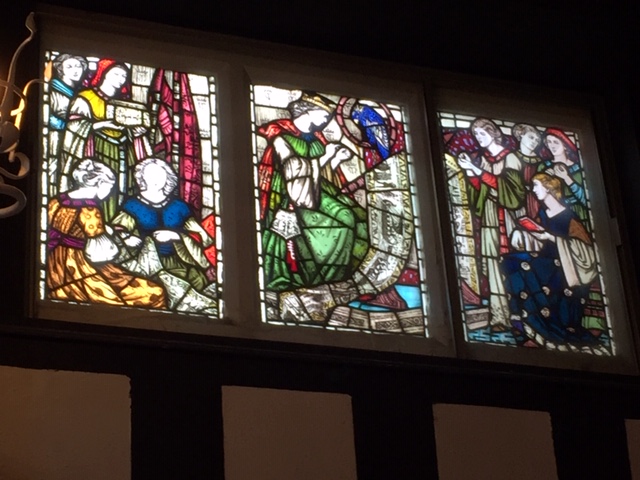Birmingham with Tim Bridges,
Conservation Adviser for the Victorian Society
July 19th 2019
This visit led by Tim Bridges, Conservation Adviser for the Victorian Society, looked at some of the less familiar, discovering Birmingham’s hidden suburbs, houses, church and industrial buildings in the city of a thousand trades, enjoying architecture and design from the Victorian Arts and Crafts Movement.
First stop was the parish church of St. Augustine of Hippo in Edgbaston named obviously, after St. Augustine who a Berber by birth in North Africa became a lawyer and converted to Christianity in 367 in Milan. Ordained a priest and returned to North Africa to become bishop of the small city of Hippo. A beautifully maintained church on a small green surrounded by examples of the Victorian Art & Craft movement houses, the architect of the church being Julius Chatwin who became chief architect in the C19 for Birmingham City Council. In 1868 the church was consecrated by the Bishop of Worcester having won a design competition, the construction cost of which was £9,000, a 185ft tall steeple being added in 1876 at a cost of £4,000. Inside the church is a striking painted chancel ceiling, stained glass and a wealth of stone carving, much of it done by the Bromsgrove Guild. We were offered coffee and delicious homemade cakes to sustain us on our next tour by coach through Edgbaston. This enabled us to see over hedges and walls and admire the leafy suburbs and Regency/Victorian style buildings many of which are listed.
On through Selly Oak, Bournville Village , Stirchley and into Moseley Village to admire the houses in Amesbury Road and the St. Agnes Conservation Area. Then along Wake Green Road the base for the setting of Tolkiens Hobbit. Much of this area was part of Worcestershire until the early C20th. On past Moseley Baths being the last Edwardian baths still in use in the country for which it is hoped funding can be found to have this amazing building restored.
On to Highgate to visit St. Albans Church close to where several mosques and high rise flats could be seen on the horizon.
The church was consecrated in 1899 again by the Bishop of Worcester, built mainly of red brick but with Bath stone pillars now discoloured by heating and lighting and incense fumes. A delicious lunch was served before we continued the tour around the Jewellery Quarter admiring many of the Georgian houses which had been converted into workshops and the Ramgarhia Sikh Temple once an Independent chapel.
We wended our way through Lozells and around Handsworth to the Handsworth Cemetery Chapel adjacent to a very large cemetery, where our coach successfully dodged a multitude of cars. The chapel was built in 1908 by Handworth Urban Council who allegedly blew their remaining funds on the building before being absorbed by Birmingham City Council.
On to Anchorage House in Handsworth Wood sadly currently up for sale after being the home for some years of a community charity. A wander around the garden gave us a chance to chat with 4 ducks and admire the building after being served more tea and cakes.
An illuminating trip even for those of us who thought we knew Birmingham well!
